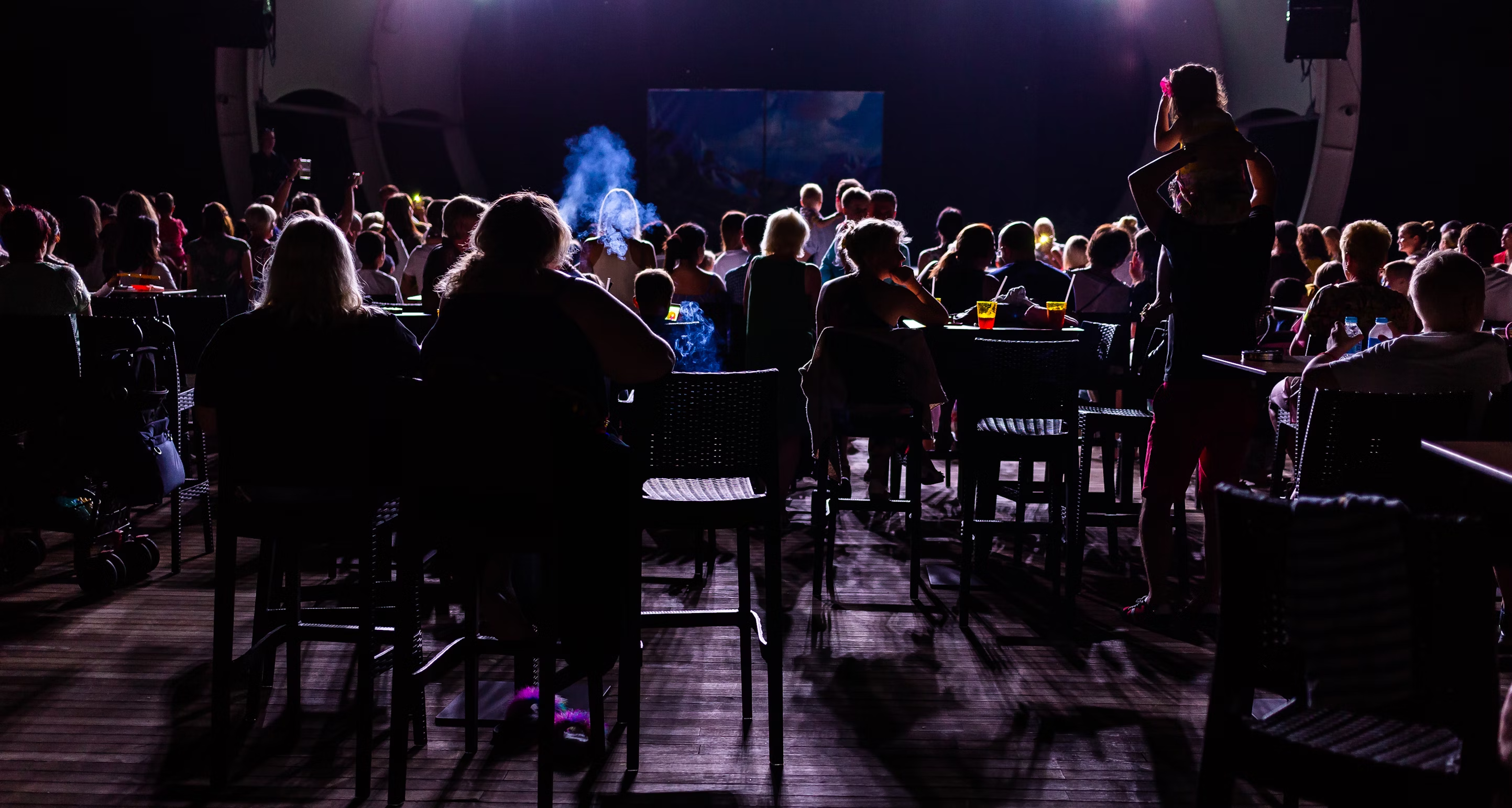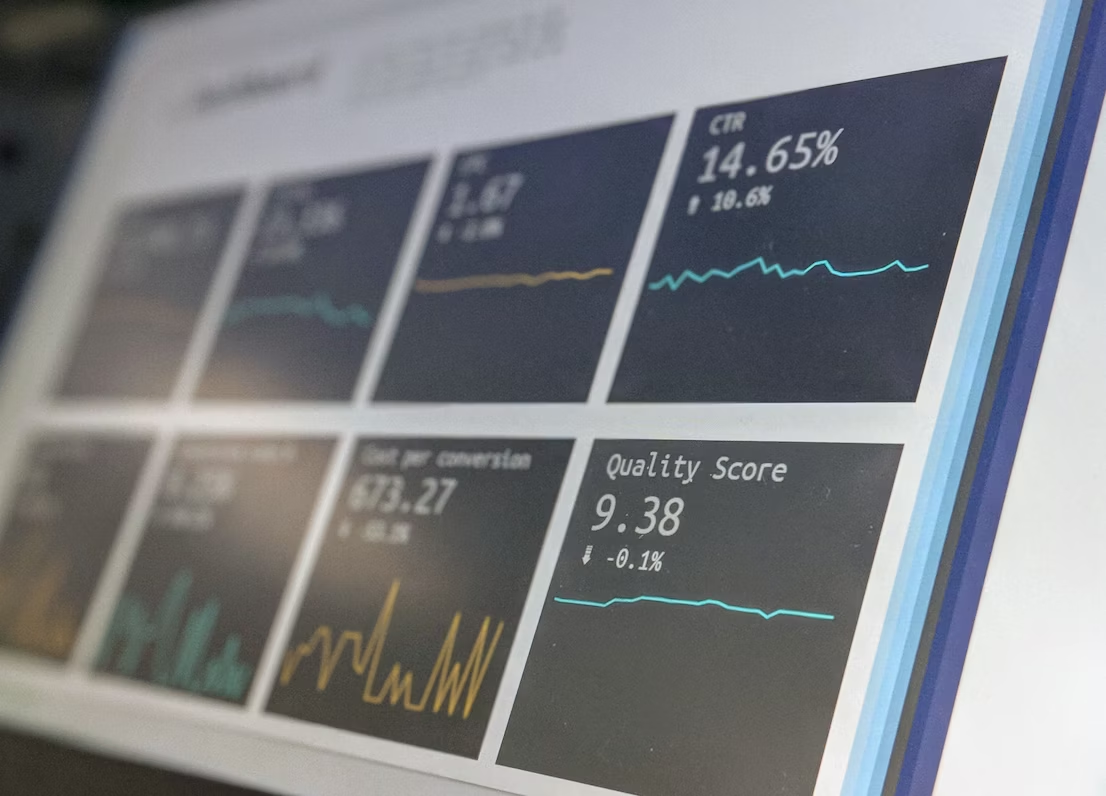Welcome to a world where culture and theater intertwine, where the universal language of drama is enriched by the diverse tapestry of global customs and traditions. Today, we're going to traverse the fascinating landscape of cross-cultural dramaturgy, drawing back its many layers to deepen our understanding.
1. Explore the Concept of Cross-Cultural Dramaturgy
At its heart, cross-cultural dramaturgy is a beautiful marriage of varying theatrical practices from diverse cultures around the globe. It's not just about putting on a play in a different language or setting. No, it's much more than that. It's about borrowing, merging, and reinterpreting dramatic elements from multiple cultures to create a unique theatrical experience.
Think of it as a delicious recipe. You're the chef, and instead of being limited to the ingredients from your pantry, you can now source fresh spices, unique flavors, and rare ingredients from any corner of the world. Sounds exciting, doesn't it?
With cross-cultural dramaturgy, the stage becomes a meeting point for different cultures — a place where Italian commedia dell'arte can dance with Japanese Noh theatre, where the rhythmic beats of African drums can blend with the haunting melodies of an Irish ballad.
But why should you, as a theater practitioner, explore this path?
Well, it's simple. By exploring cross-cultural dramaturgy, you get the chance to:
- Discover new storytelling techniques from different cultures.
- Bring fresh perspectives and innovative ideas to your work.
- Challenge and stretch your creative boundaries.
- Foster cultural understanding and appreciation among your audience.
Sounds like a win-win, right? Yet like any other endeavor, cross-cultural dramaturgy comes with its own set of challenges. Fear not, we'll be tackling those head-on in the upcoming sections. But for now, let's take a moment to appreciate the sheer potential of this concept. After all, in the world of theater, isn't the promise of a new narrative, a unique perspective, the most exhilarating thing of all?
Stay tuned as we delve deeper into the realm of multicultural theatrical practices and their role in cross-cultural dramaturgy. The stage is set, and the curtain is about to rise. Are you ready?
2. Analyze the Role of Multicultural Theatrical Practices
As we continue to navigate the intricate world of cross-cultural dramaturgy, it's time to turn our spotlight towards multicultural theatrical practices. But what does this term mean and why is it so important?
Let's break it down, shall we?
You see, every culture has its own unique way of storytelling, its own set of theatrical traditions. The Greeks had their tragic masks and chorus, the Indians their Kathakali and Bharatanatyam dances, the Japanese their Kabuki and Noh theatre — you get the picture.
These varying practices, with their distinct narrative styles, acting techniques, and production elements, are what we call multicultural theatrical practices. And when it comes to cross-cultural dramaturgy, they're the magic ingredients that make everything possible. They are the tools that allow you to craft a theatrical experience that transcends geographical borders and cultural boundaries.
Think about the last time you saw a play that really moved you. Perhaps it was the way the actors used their bodies to express emotion, the rhythm and tone of the dialogue, or the symbolic use of props and costumes. Now imagine being able to combine these elements with storytelling techniques from a completely different culture. It's like being handed a whole new toolbox to play and experiment with.
Let's put it this way: the more diverse your sources of inspiration, the richer your work becomes. And that's exactly where multicultural theatrical practices come in. By incorporating them into your work, you can:
- Create a unique fusion of narrative styles and theatrical traditions.
- Encourage dialogue and understanding between different cultures.
- Offer your audience a fresh and exciting theatrical experience.
In the realm of cross-cultural dramaturgy, multicultural theatrical practices aren't just tools — they're bridges, connecting different cultures and facilitating a beautiful exchange of ideas and narratives. It's a thrilling prospect, isn't it?
But as we said before, every coin has two sides. With these new opportunities come new challenges. Don't worry, though, we'll address them next. For now, let's revel in the endless possibilities that multicultural theatrical practices bring to the world of cross-cultural dramaturgy. After all, in theater, the only limit is the sky — or rather, the stage ceiling.
3. Discuss the Impact of Cultural Diversity in Theater
Let's shift gears a bit and focus on the impact cultural diversity has on theater. It's a topic that's as riveting as a well-crafted plot twist, and as important as the final curtain call.
Cultural Diversity: A Symphony of Stories
The beauty of cross-cultural dramaturgy lies in its ability to weave together tales from various cultures, creating a rich tapestry of stories for audiences to marvel at. It's like an orchestra where every instrument represents a different culture. Each one plays its own melody, but together, they create a symphony.
This symphony isn't just pleasing to the ears; it's enlightening to the mind as well. It's an invitation to explore new landscapes, meet new characters, and see the world from different perspectives. And that, my friends, is the magic of cultural diversity in theater.
A Tool for Change
But let's not stop there. Theater is much more than entertainment; it's a powerful tool for change. By bringing diverse narratives to the fore, you're not just giving your audience an exciting theatrical experience. You're giving them a chance to reflect on social issues, question their beliefs, and perhaps, develop a more inclusive mindset.
Imagine watching a play that depicts the struggles of a community you knew nothing about. You'd probably walk out of the theater with a newfound appreciation for their resilience, right? That's the power of cultural diversity in theater.
The Business Side of Things
But let's not forget that theater is also a business. And in this competitive industry, diversity can be a game-changer. Audiences are eager for fresh, innovative content. And what's fresher than a melange of multicultural narratives?
By incorporating cultural diversity into your work, you can attract a wider audience, increase ticket sales, and even garner critical acclaim. It's a win-win situation!
To sum it up, cultural diversity in theater is like the secret sauce that makes a good play great. It enriches the content, empowers change, and boosts business. So, next time you're working on a production, remember: the world is your stage, and its cultures, your cast.
Now, as we move on to the next act of our cross-cultural dramaturgy journey, let's take a deep dive into the challenges and solutions that come with it. Ready? Let's go!
4. Evaluate the Challenges and Solutions in Cross-Cultural Dramaturgy
Alright, now it’s time for us to move on to the nitty-gritty part of our journey. While the idea of cross-cultural dramaturgy is fascinating, the path to achieving it is not without its hurdles.
The Challenge of Authenticity
One of the biggest challenges faced by practitioners in cross-cultural dramaturgy is maintaining authenticity. When telling stories from cultures other than your own, it's easy to fall into the trap of cliches and stereotypes. It's like trying to recreate a famous painting. You could use the same colors and brush strokes, but without a deep understanding of the artist's vision, it's hard to capture the true essence of the artwork.
So, how do you ensure authenticity? It starts with thorough research, cultural consultation, and a commitment to tell the story with respect and sensitivity.
Language Hurdles
Another significant challenge is language. Theater is a medium of communication, and language plays a pivotal role in it. When dealing with multiple cultures, language can either be a bridge or a barrier.
If you're wondering how to tackle this, subtitles and translations come to the rescue. But remember, it’s more than just literal translation—it’s about capturing the spirit of the dialogue, the emotions, and the cultural nuances.
The Balancing Act
One more challenge worth mentioning is finding the right balance. Cross-cultural dramaturgy requires a delicate blend of different cultural elements. Too much of one could overshadow the others, leading to a skewed representation.
The solution? It's all about harmony. Just like a well-composed piece of music, the elements should complement each other, creating a balanced and compelling narrative.
In conclusion, cross-cultural dramaturgy is indeed a complex process, but with the right approach, the challenges can be turned into opportunities. Remember, every obstacle is a stepping stone towards a more inclusive, diverse, and captivating world of theater. Now, let's proceed to look at some successful implementations of multicultural theatrical practices. Shall we?
5. Case Studies of Successful Multicultural Theatrical Practices
Let's shift gears a bit and take a look at some real-world examples of how cross-cultural dramaturgy has been successfully implemented. These are not just stories—they're proof that with the right approach, multicultural theatrical practices can create a powerful impact.
The Magic of 'Fiddler on the Roof' in Japan
First off, let's talk about the Japanese version of the Broadway classic, 'Fiddler on the Roof.' A story rooted in Jewish culture, set in Tsarist Russia, might seem like a hard sell in Japan. But guess what? It was a hit!
The secret to its success was the production team's dedication to understanding and honoring the original while making it relatable to the Japanese audience. They nailed the balancing act, presenting a show that was both authentic and accessible.
'M. Butterfly' - A Masterstroke in Cross-Cultural Dramaturgy
Next up, we have 'M. Butterfly,' a play by David Henry Hwang that beautifully blends Eastern and Western theatrical traditions. It tells the story of a French diplomat and a Chinese opera singer, and it uses a mix of Western realism and traditional Chinese theatre styles.
How did they make it work? The secret lies in the creators' deep understanding of both cultures, and their ability to translate that understanding into a compelling narrative.
The Global Success of 'The Lion King'
Last but not least, let's talk about 'The Lion King.' Yes, the Disney favorite! But we're talking about the stage version, which is an excellent example of cross-cultural dramaturgy.
The show incorporates African rhythms and languages, puppetry inspired by Indonesian shadow play, and Western-style musical theater. The result? A global hit that celebrates diversity and brings different cultures together on one stage.
These case studies show us that cross-cultural dramaturgy is not just a theory—it's a practice that's reshaping the landscape of theater. And with the right approach, it can create magic that transcends cultural boundaries. So, are you ready to make your mark in this exciting field?









